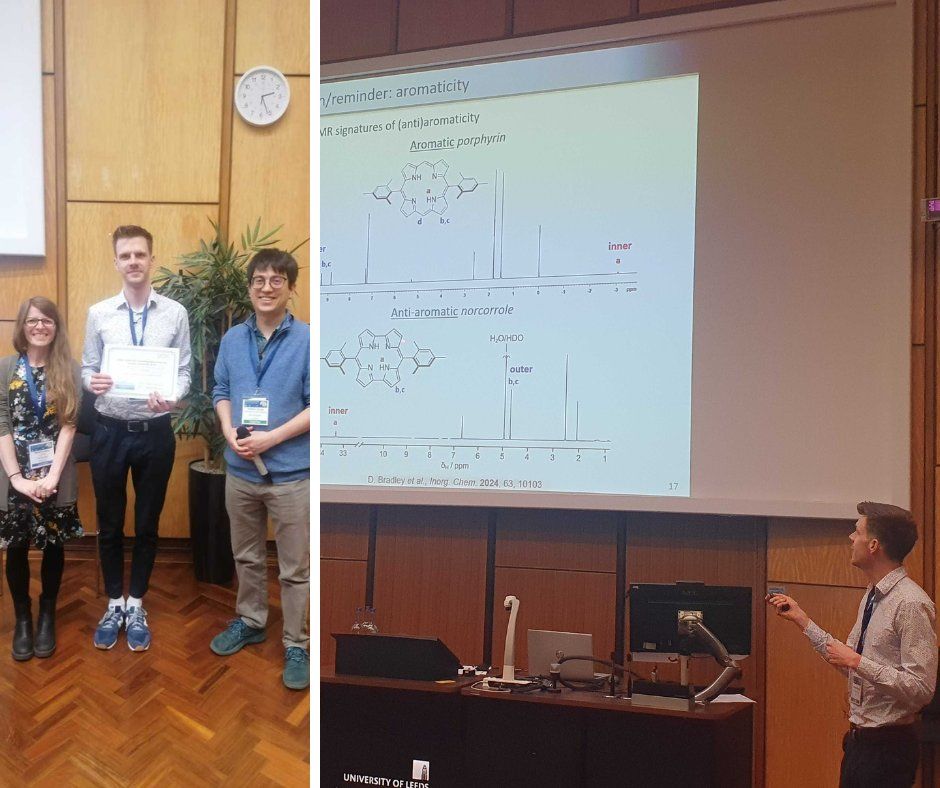
onlinelibrary.wiley.com/doi/10.1002/...

onlinelibrary.wiley.com/doi/10.1002/...
With @philippseitz.bsky.social, @uniulm.bsky.social

With @philippseitz.bsky.social, @uniulm.bsky.social

doi.org/10.1002/batt...

doi.org/10.1002/batt...





pubs.acs.org/doi/10.1021/...

pubs.acs.org/doi/10.1021/...


Discover more about Wojciech Stawski's ground-breaking work here: ccdc-info.com/4imVWF3
#Crystallography #BCA25

Discover more about Wojciech Stawski's ground-breaking work here: ccdc-info.com/4imVWF3
#Crystallography #BCA25


